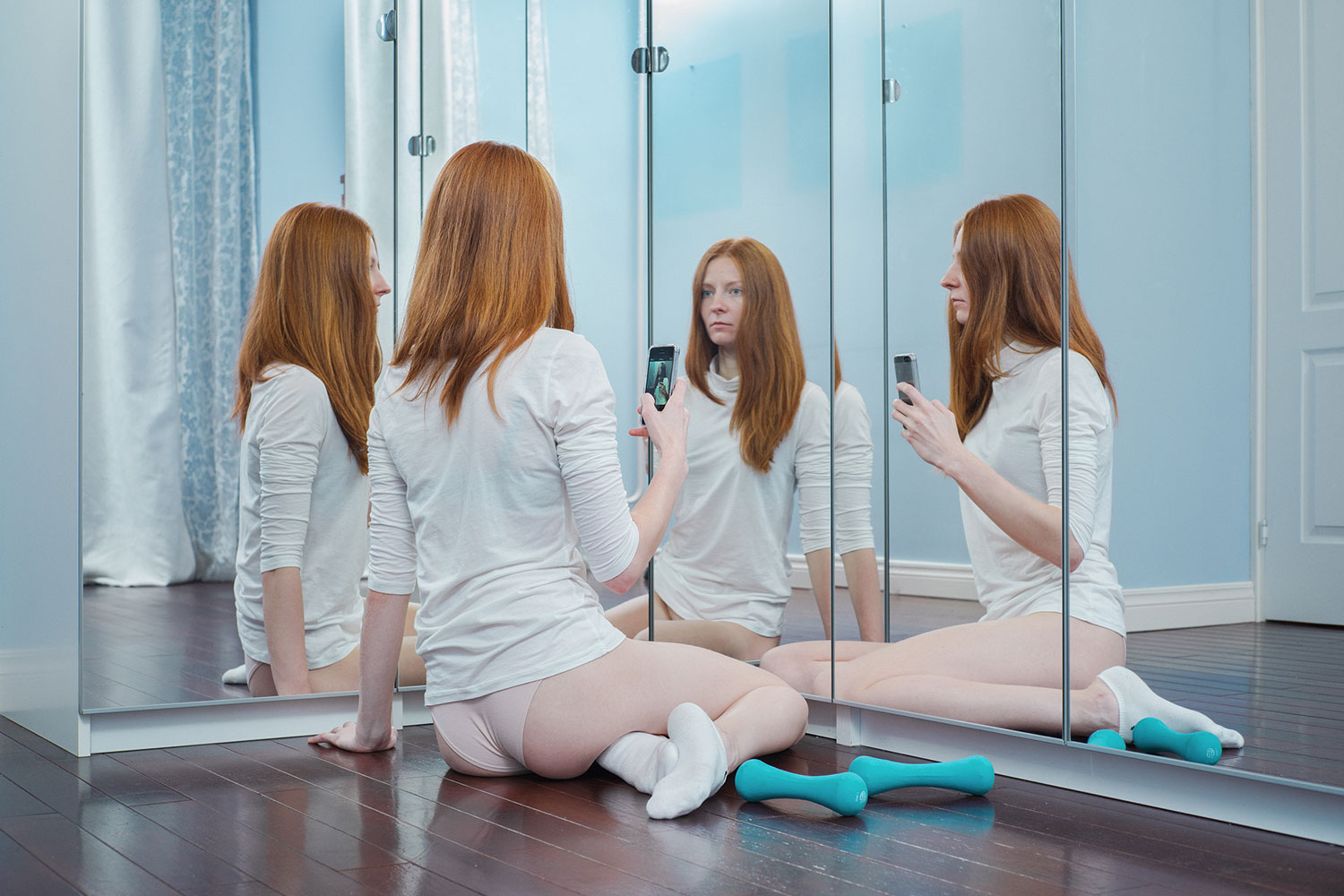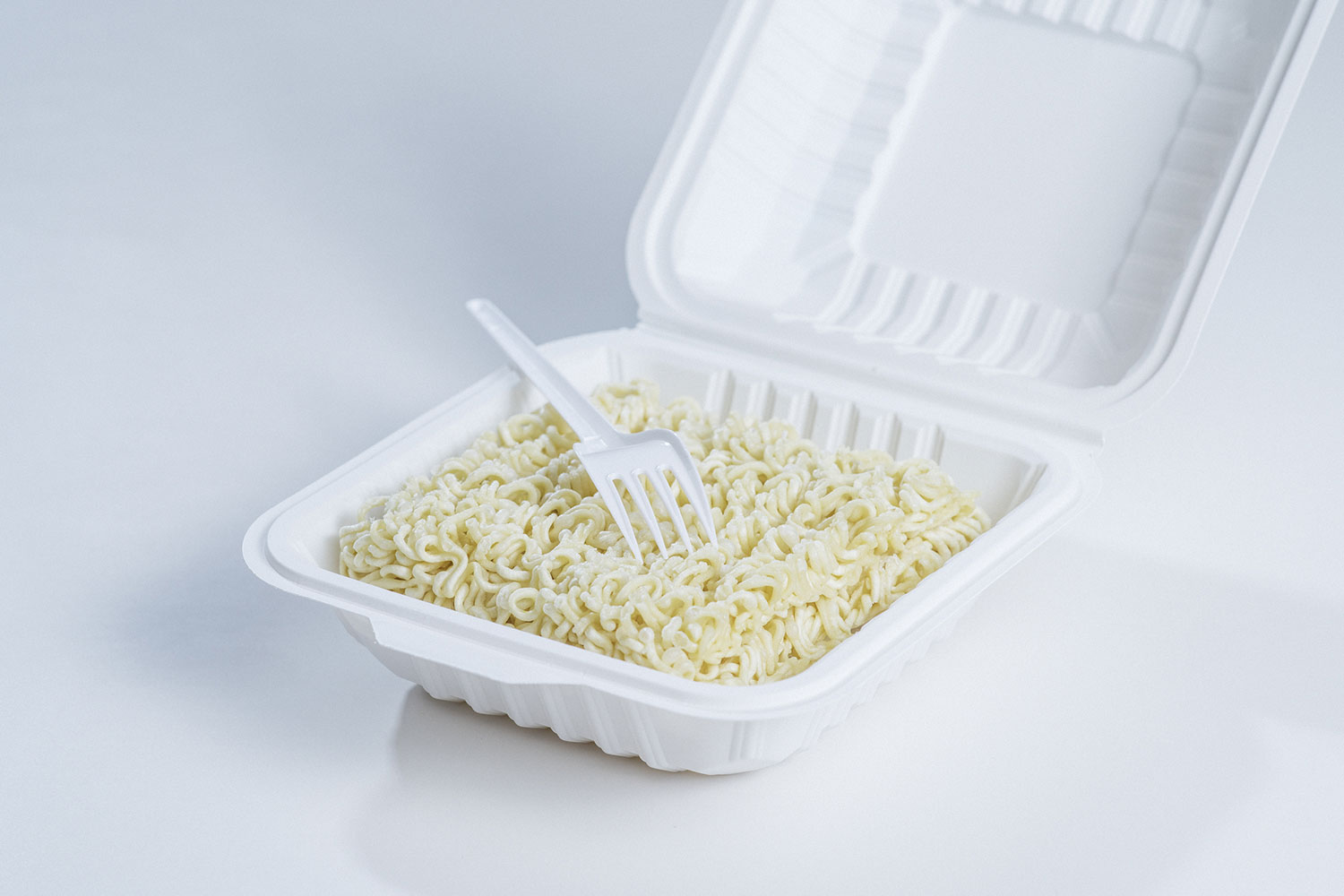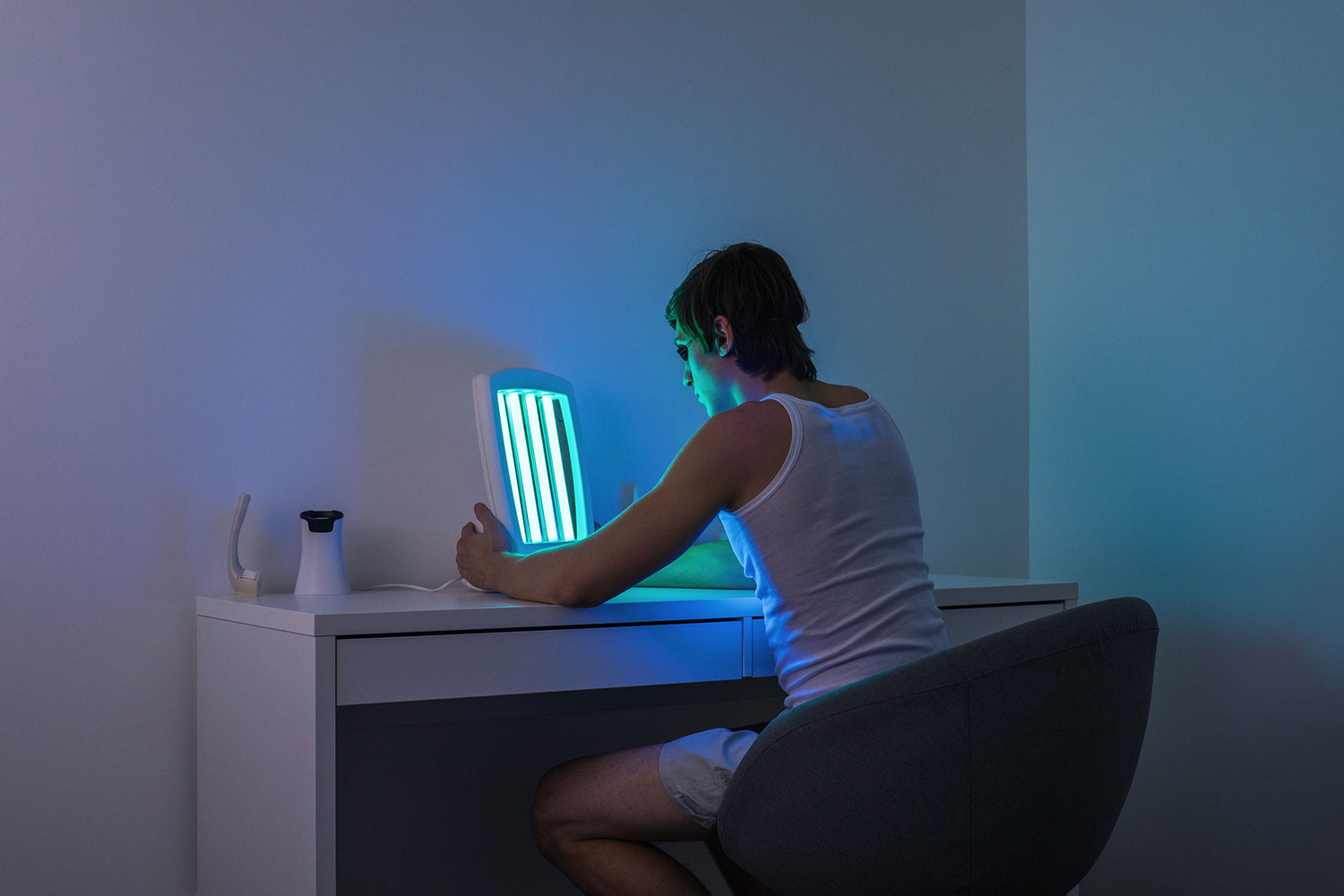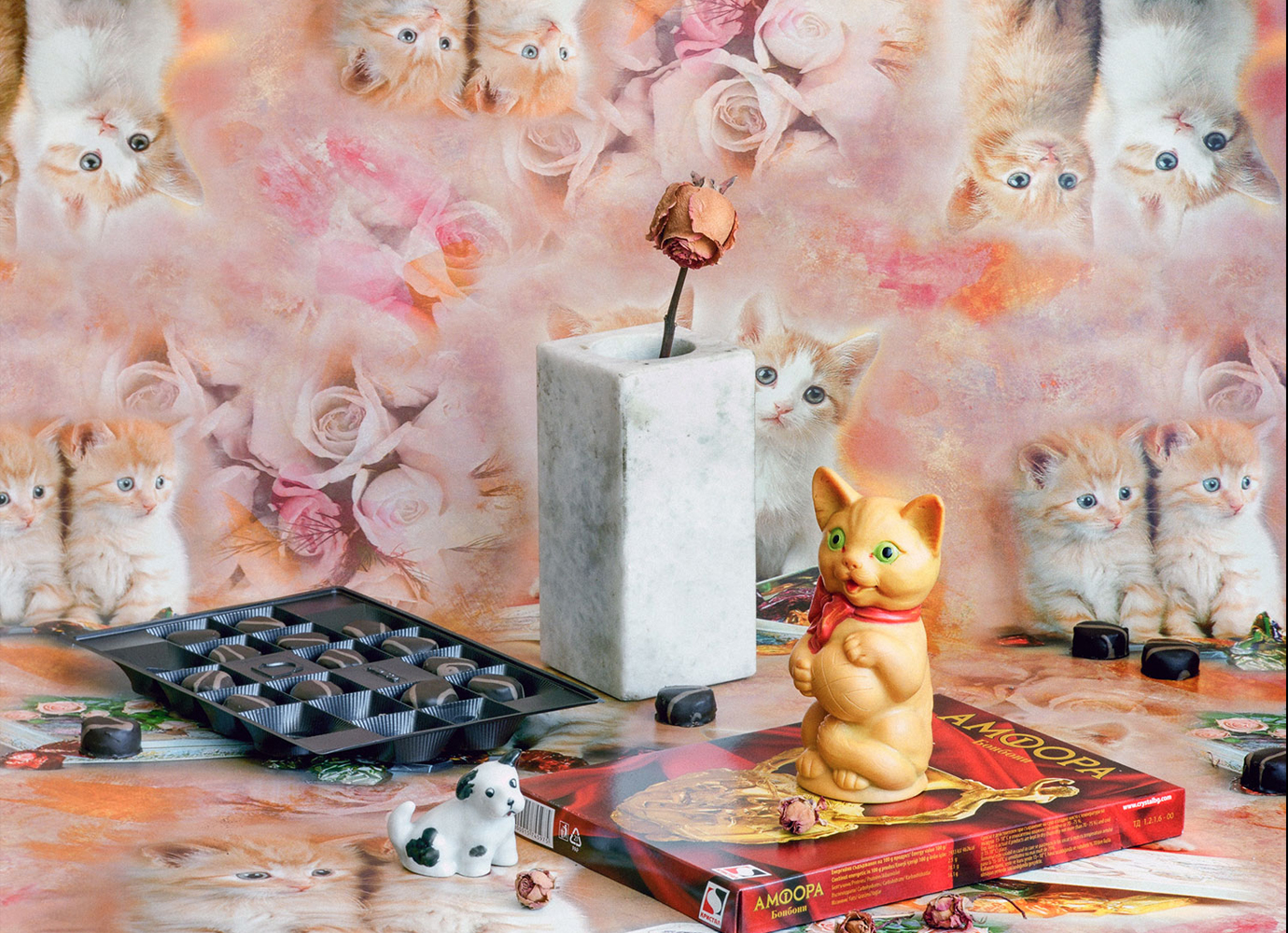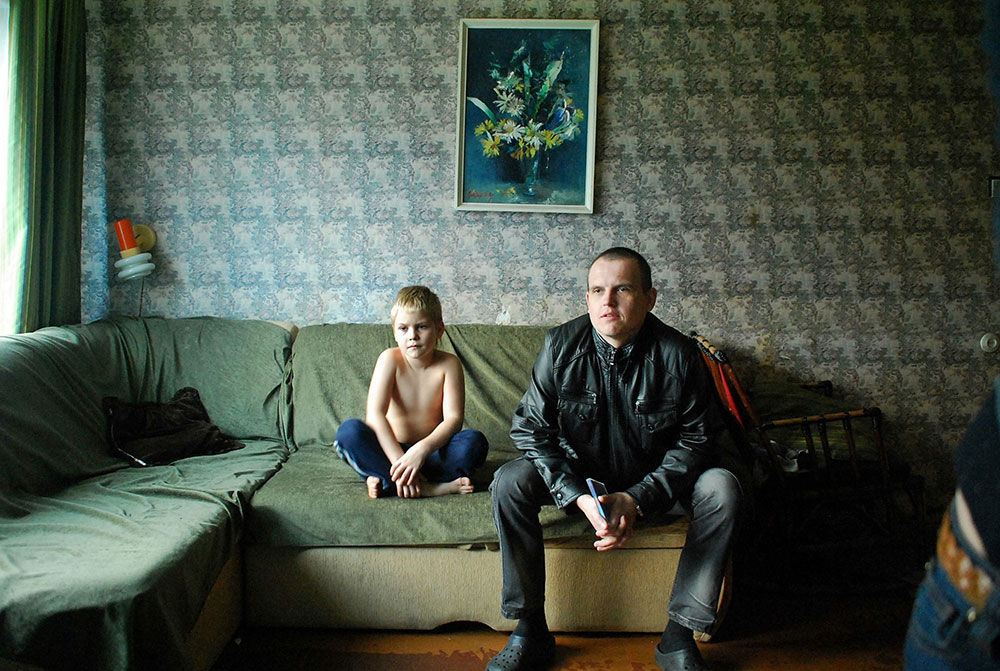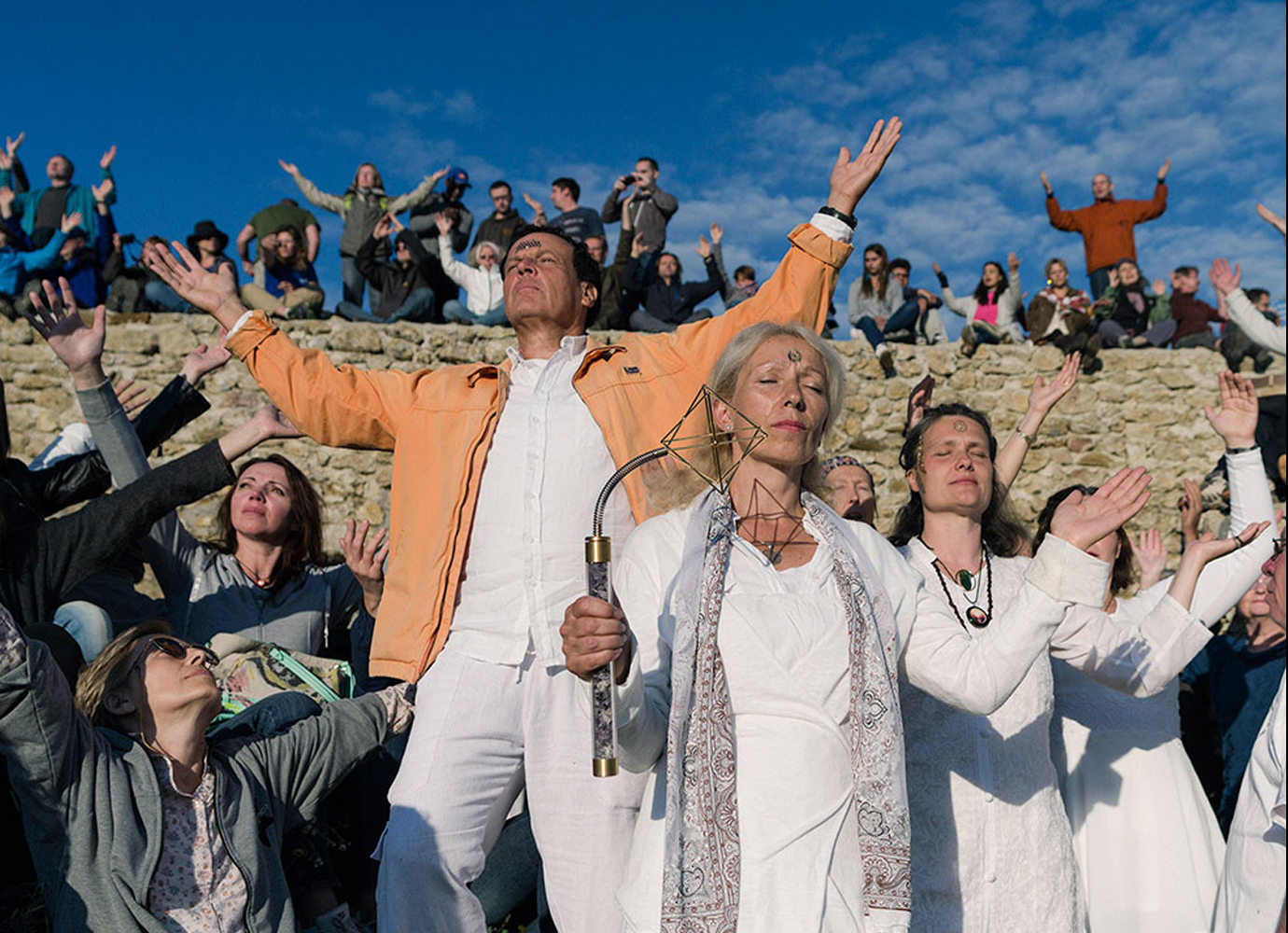
Dmitry Lookianov’s work makes you think twice about the everyday physical environment. Since documenting places of cultural significance in DKdance, he’s dedicated his career to the peripheries of urban life, in Moscow and over the years across the whole of Russia. His near-identical edgelands form the first part of an ambitious project, The Process of Becoming (working title), that marries glimpses of modern Russia, its cities and dwellers, with staged photos and sculpture.
The first time I tried my hand at taking photos was when I was taking part in extreme sports. Within that scene I was involved with shooting photos and videos of different tricks as well as everyone generally hanging out. It was a friend of mine who encouraged me to go down the path of documentary photography by inviting me on an adventure shooting a story about midgets. It was 2011 and I first started getting the hang of the medium.
Often staged photography can speak about the spirit of the times better than any document
I think in general my interest revolves around the everyday: the influence of people’s relationships and the spaces which they inhabit. If we’re talking about photography as a medium, then I’m trying to develop a visual language that isn’t restrictive in style, aesthetic, genre or form. I’m currently fascinated by hybrids, working with both reality and fiction as well as physical, sculptural forms.
For DKdance, the project about Soviet-era Palaces of Culture, I had to be in contact with many different people and be on the road for a long time. When I finished the series I felt exhausted. I felt sick of the loneliness which had inspired me in the first few months of work. I wanted to find a calm rhythm where I wouldn’t have to leave town. It so happened that my supervisor Valera Nistratov at the Rodchenko School of Photography in Moscow had set us a brief to shoot our neighbourhood. My neighbourhood was quite ordinary, quite standard, at first glance and seemed totally unsuitable for the brief. But I decided this could be a great thing and I should go ahead anyway. I started looking for a way to approach the project and got drawn in.
I have a strong personal connection with the suburbs. I grew up in a typical neighbourhood on the outskirts of Krasnodar. When I moved to Moscow I also lived for a long time in a similar area of the city. So I’ve grown up in this environment and therefore have a feel for it and understand it well.
Every suburb in Russia resembles the next. Some are more contemporary, others maybe not so much. But the general urban model remains the same throughout. Each time Instant Tomorrow is exhibited outside of Russia people often remark that they understand what it’s about. The fact that it features Moscow is just a point of reference. The project is really about the state of living or trends rather than about any one specific place. I enjoy receiving letters from people in Europe, America or Asia who’ve seen my work and say they feel the same anxiety in the air.
I’ve come to the realisation that any kind of framework, be it documentary or staged photography, doesn’t have any real significance. Often staged photography can speak about the spirit of the times better than any document. On the flip side, life can take on such grotesque forms that it makes no sense to make these up, recording it is enough. I prefer the idea of working with hybrids and being able to be flexible, using whichever medium depending on what the situation requires. Sometimes a static image isn’t able to convey an idea, which relies on the passing of time, and vice versa, a video can be too imprecise compared to a freeze-frame at picking something out from a certain event. The same thing with sculptural work. You can create a sculpture, put it in a certain environment, document it and it will become part of the reality. Equally, you can take an object from real life, put it in an exhibition and it will take on a new meaning.
The geographic scope of The Process of Becoming is quite extensive. Over the last three years I have driven through all the regions of central, northern and southern Russia. Next year I plan to head east. An idea that I’ve been playing with for quite some time has to do with tying together reconstructed memories of the past and documentation of the present day with an envisaged future in the body of one project. The current project is about this transition between the past and the future within a particular environment.







